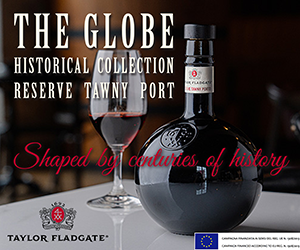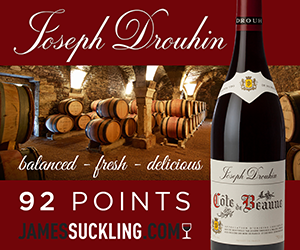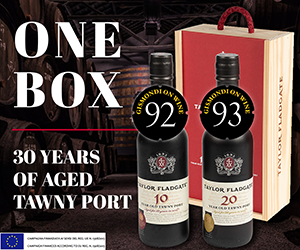BERNKASTEL/MOSEL, GERMANY -- We have another very interesting vintage on our hands here in Germany.But 2003 is going to challenge a lot of what we've come to accept as the truth about Riesling in the modern age of winemaking.
It's also going to pose a real puzzle for any producer accustomed to making wines by the numbers. In short, 2003 is a vintage that will defy the current conventional wisdom about German wine and could go down in the vintage charts as one of the great, if atypical, vintages of the last 45 years.
The last time we had a vintage that looked anything like this was 1959. There was an overabundance of fine, sunny weather -- starting as early as February -- that continued nearly uninterrupted throughout the growing season, giving us more hours of sunshine than Germany has probably ever seen before.
Bud break came very early, followed by a nearly perfect flowering, which developed quite quickly and uniformly throughout all our vineyards. This gave us well-developed fruit clusters, with grapes that were all very nearly equal in size. By August, things were looking extremely neat and orderly in our vineyards. By September, we could see that it was going to be an early harvest. At J.L. Wolf, in the Pfalz, we began picking on September 22. On the Mosel, we started a week later and decided to take out all the botrytis-affected grapes first.
Because of the generally dry weather, very little botrytis had formed, and what did come shriveled the grapes fairly rapidly, yielding some nice Trockenbeerenauslese. That left nothing but perfectly healthy fruit on the vines. The main harvest at Dr. Loosen began on October 6, which is really only a week or so ahead of normal. Whenever we have a somewhat early harvest like this, there are always those who worry that the grapes didn't get enough hang time. Sometimes that's a legitimate concern. But in 2003, because the whole season started early, the number of days between flowering and harvest was about normal.
The early-starting growing season and exceptionally hot summer produced ripeness levels that were above average at both estates. At Dr. Loosen, just about everything could legally be classified as Auslese, with must weights falling in a very narrow range, from 88° to 92° Oechsle.
We will produce our usual range of lower- Prädikat wines (Kabinett, Spätlese and Auslese) the way we always do it -- by taste rather than by lab analysis. With such a tiny difference in must weight, there's really no other way to do it, anyway. Even with the similar ripeness levels, I think we will see a definite difference between the Prädikats.
The lighter and more elegant wines from earlier pickings will become the Kabinett wines, the Spätlese will show more physiological ripeness and stronger aromatics. The Auslese, which we have just finished picking, will be the biggest and boldest wines from our very best sites, as is our tradition. And to cap the vintage, we got a new round of clean botrytis at the end of the harvest, which will allow us to produce Gold Capsule Auslese from a few different vineyards.

 quicksearch
quicksearch






